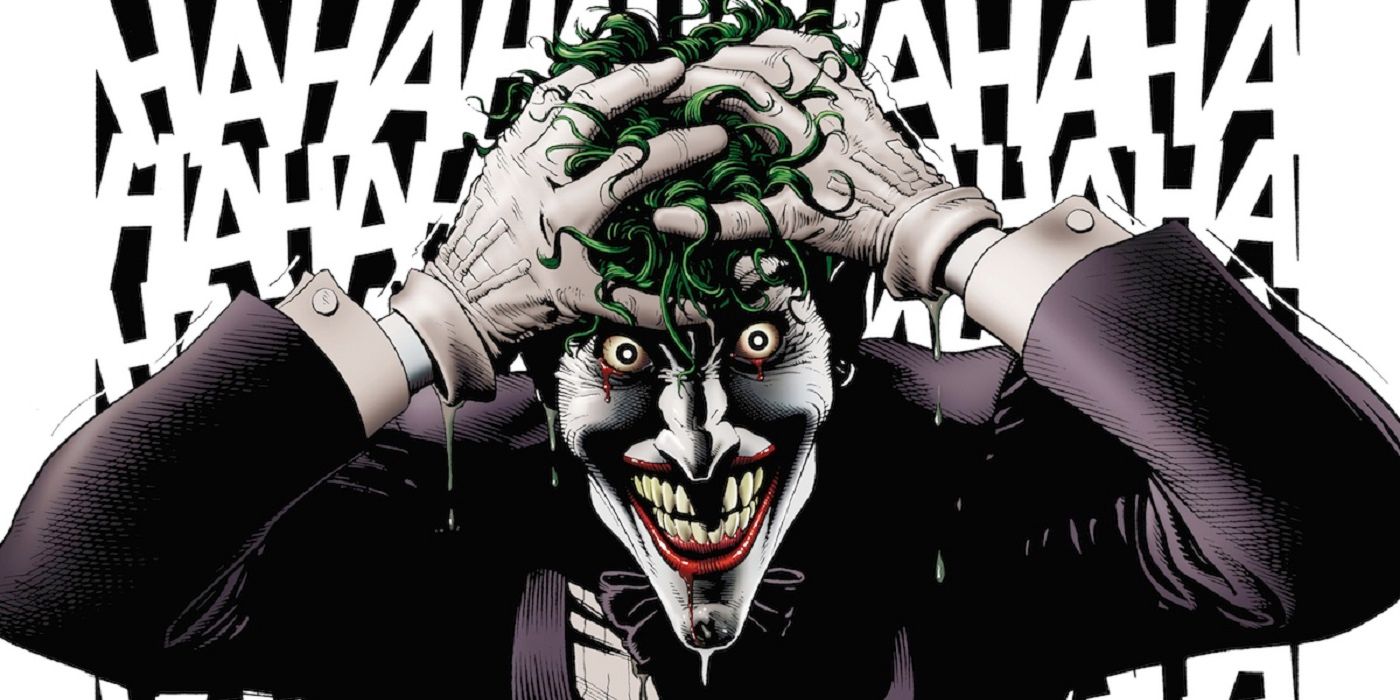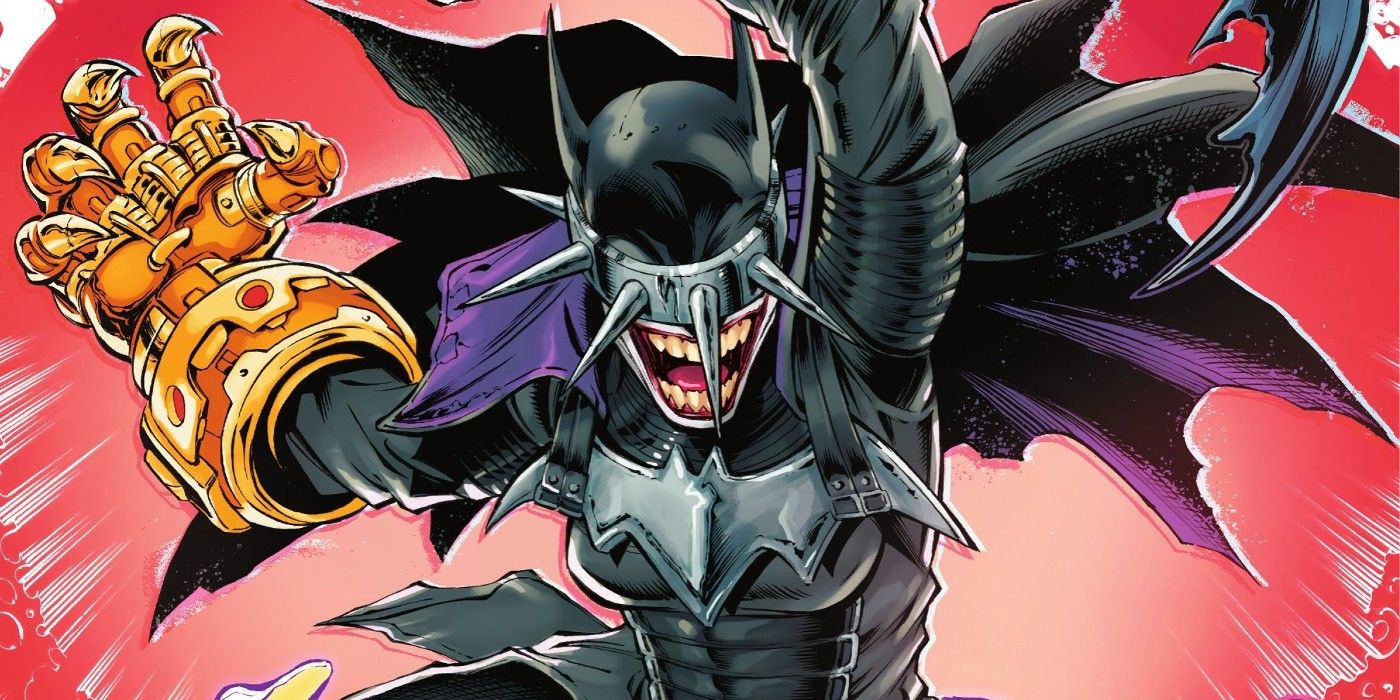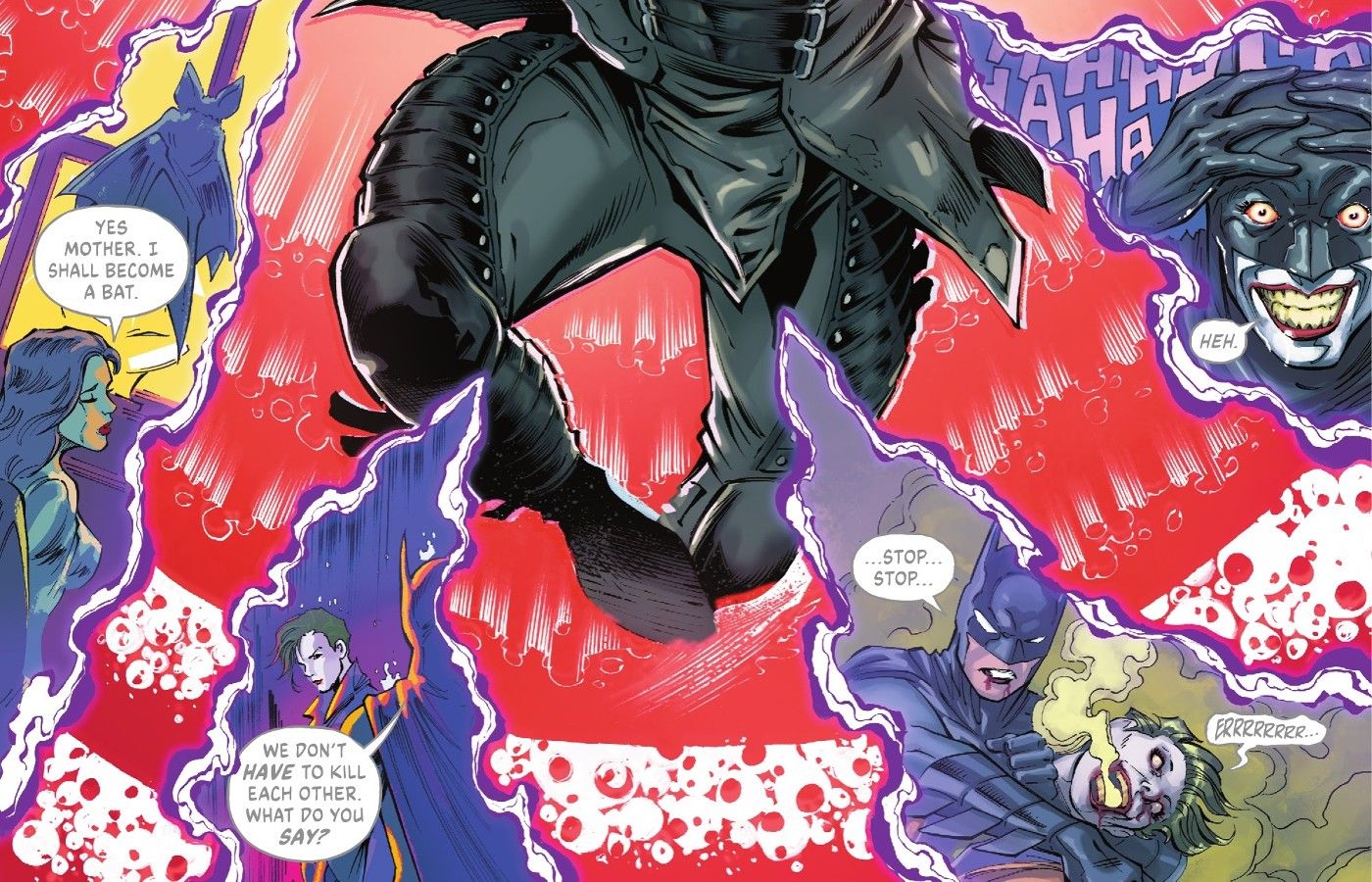WARNING: The following contains spoilers for Justice League Incarnate #2, on sale now from DC Comics.
The Killing Joke by Alan Moore and Brian Bolland is one of the most highly regarded Batman stories ever. The classic tale depicted a truly harrowing battle between the Clown Prince of Crime and the Dark Knight which has defined many elements of the Batman comic book mythos since. Though it was intended to be a standalone story, praise from critics and fans alike prompted it to be made a part of the mainstream DC Universe. However, including it in wider DC history forced the darkest reading of the tale's poignant ending to be ignored.
Now DC have confirmed this darkest reading from the unlikeliest of places in Justice League Incarnate #2 by Joshua Williamson, Dennis Culver, Kyle Hotz, Andrei Bressan, Paul Pelletier, Norm Rapmund, Hi-Fi and Tom Napolitano. In a chaotic battle against Darkseid, the multiverse's very own Justice League suddenly had to contend with a new unlikely foe when the Batwoman Who Laughs appeared. This gender swapped variant of the Dark Multiverse's Batman Who Laughs looks set to cause chaos across the multiverse and hints at an important element in her origin.
As she appeared in the midst of the battle, tears in reality showed her history. The first was her own version of the moment from Batman: Year One where Bruce decided to become Batman. The others combined the ending of The Killing Joke with the origin of the Batman Who Laughs to imply that the original tale by Moore and Bolland had a very tragic ending - one where the Dark Knight killed their worst enemy.
For those unaware, the end of The Killing Joke wasn't some violent face-off. With Commissioner Gordon insisting the Joker should be taken in "by the book" this time, Batman refused to beat down the Joker and told him that he did not want their relationship to end with one of them killing the other. After the Clown Prince of Crime told him it's too late for that now, he told a joke. Surprisingly, Batman shared a laugh with his longtime arch nemesis as the police arrived. Batman was grabbing the Joker at the time and, though the rest of what happened was not shown in the final panels. Some interpret the silenced laughter as the Dark Knight finally breaking his one rule and killing his adversary once and for all.
As for the origin of the original Batman Who Laughs, it began with another instance of Batman killing the Joker. The villain kept pushing the Caped Crusader to find his breaking point. He killed almost every ally and adversary the Dark Knight had in Gotham before Batman finally put an end to his oldest foe. When he did finally kill the Joker, a gas was released that ensured he would become the villain's twisted successor.
Now Justice League Incarnate seems to combine both of these tales together. When Kathy Kane faced her version of the Joker in their own version of The Killing Joke, it seems that the corruption that's currently bleeding into the multiverse pushed her towards that story's darkest ending. Then, as she finally put an end to Joker's reign of terror, that same Joker gas that created the Batman Who Laughs emerged and transformed her into a similar monstrosity. The image of her initially becoming the Batwoman Who Laughs is also an homage to The Killing Joke, mirroring the Joker's chilling first moments.
The brief origin of this new version of the Batman Who Laughs legitimized the darkest interpretation of The Killing Joke. With Earth-11's Batwoman finally having been pushed over the edge by her worst enemy, she broke her own one rule and suffered the same fate as her Dark Multiverse variant because of it. Now, the Batwoman Who Laughs is a reminder of the most tragic end to one of Batman's greatest stories.



